Sean Vandekerkhove
Advisor: Shawn Bailey

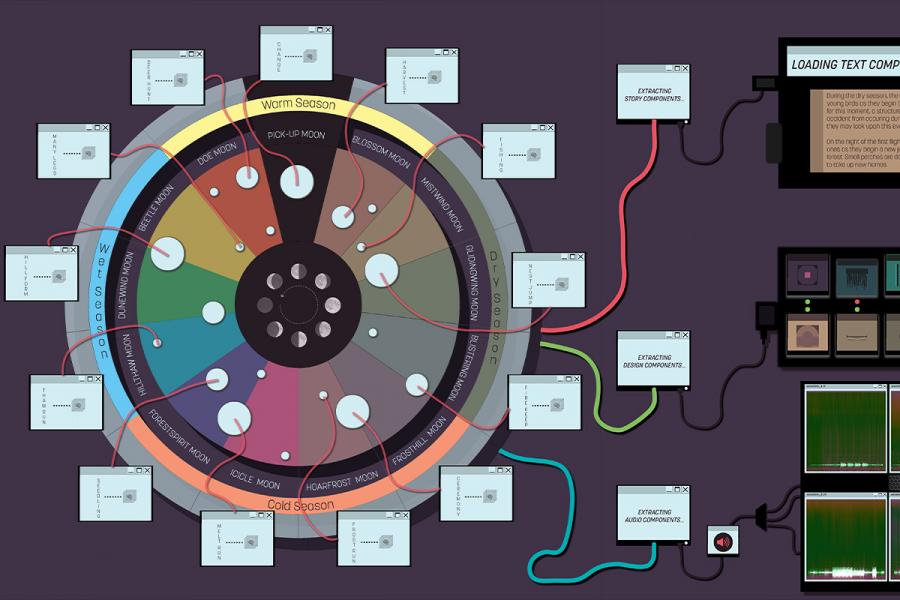

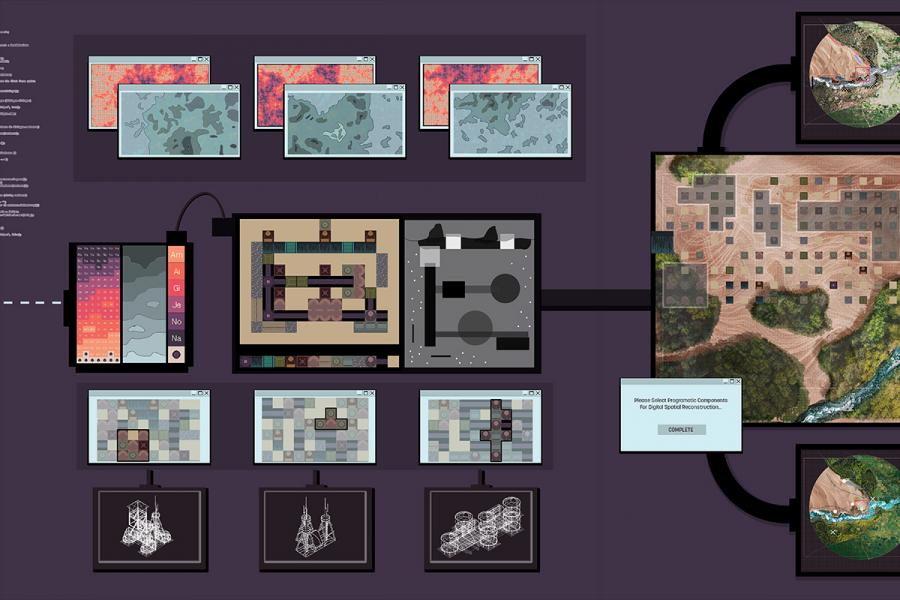
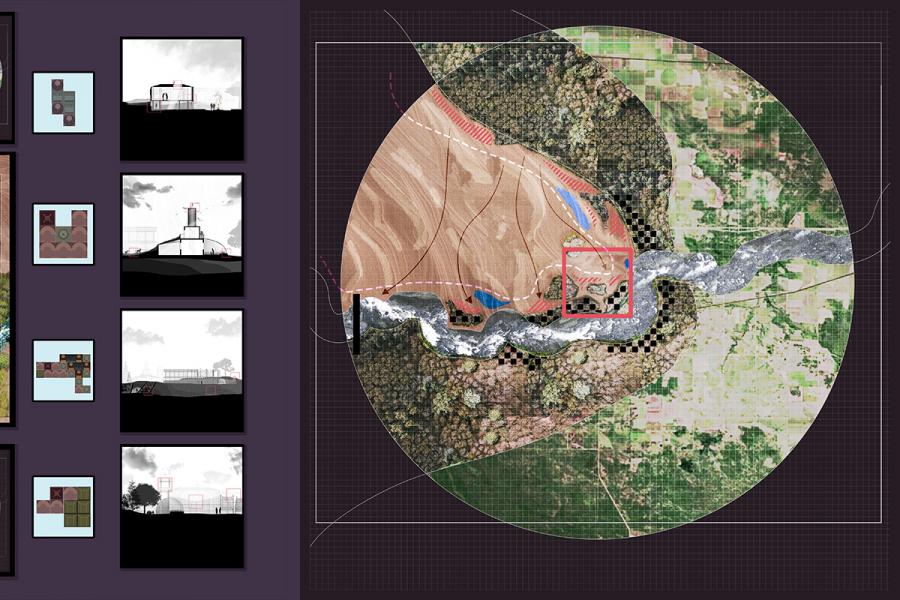
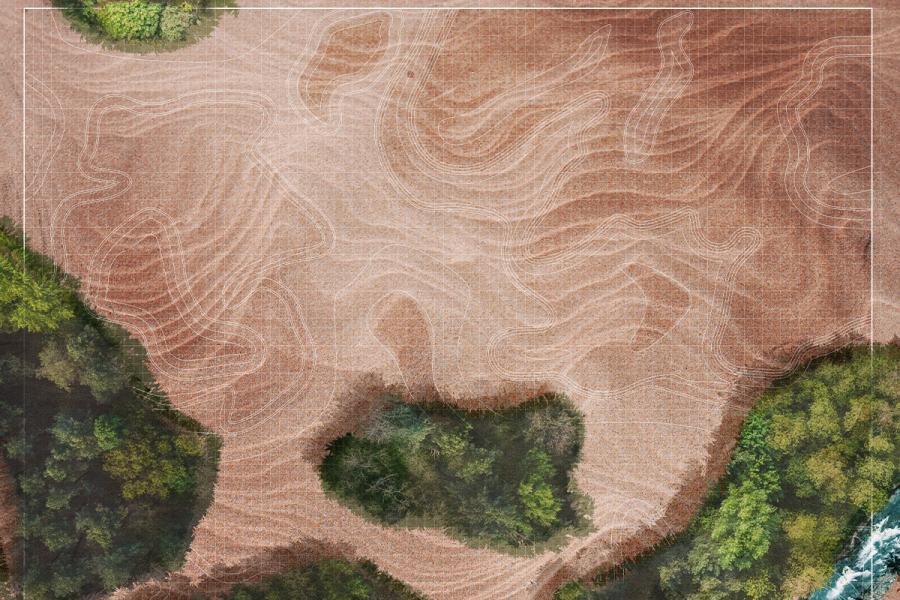
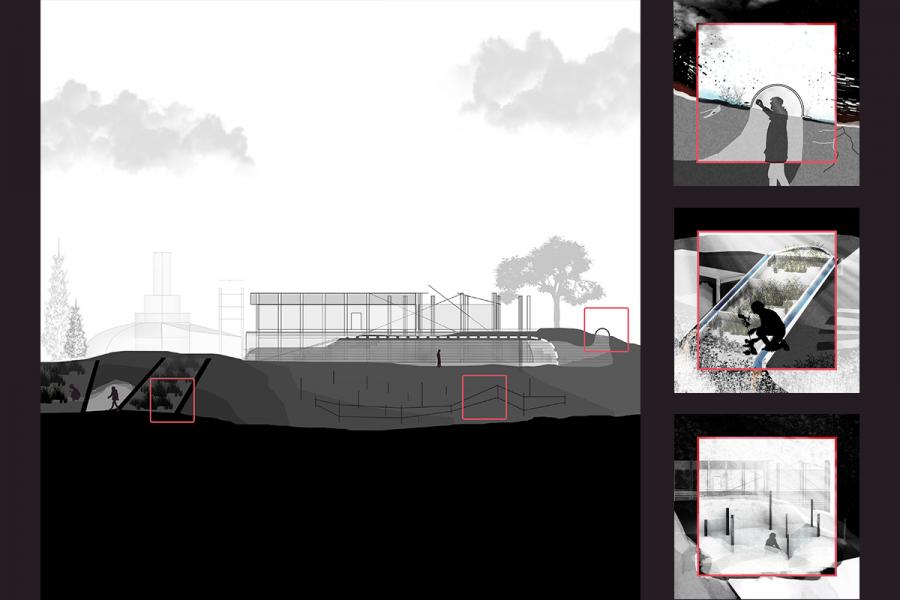
Stories of Our Climate Future: Adaptive Methods for Mitigating Desertification
With the current predictions on our climate future, it is vital to establish a renewed and innovative way of operating within the natural environment. Using architecture, we can begin to develop methods for adapting and reducing the effects caused by the approaching desertification of our prairies. In the Spirit Sands of southwestern Manitoba, the sands are in constant decline, stabilized by the growing plant population and converted into forested hills. With Increasing temperatures and rainfall, severe droughts and flooding will become the new normal. These two extremes become common place in the climate future, the Prairie Climate Atlas predicts the increase in maximum temperature to be upwards of 5°C over the next 100 years as well as increase the number of hot days over 30°C from 16 to 55 days out of the year, only adding further to the effects of desertification in the region around the Spirt Sands.
At the same time, we are seeing technological advances through machine learning, artificial intelligence, and procedural generation. These technologies make use of algorithms and data sets which are then able to generate landscapes, buildings and characters for film and games. As these technologies have improved over the years film and games have improved their storytelling capabilities and allow for a deeper immersion within the imagined world. Albert Marshall’s Two-Eyed Seeing seeks to bring together the value in Indigenous teachings and Western Science for the better of all beings.
It is important to recognize the ecological context that surrounds a site, and the vast number of changes that could occur due to climate change produce endless amounts of possible scenarios we might be faced with in the climate future. How can we use AI and procedural generation tools to identify potential future scenarios to take action and design architecture that works against climate change to preserve our ecosystems but is also flexible and modular in that it can change to fit a given scenario? Just as we were to generate future scenarios with data and algorithms, could we find a way to also generate architecture using similar parameters? These questions will help shape a new architecture that responds to changes in climate and shifts in the balance of an ecosystem to provide a better response to the unknown future ahead of us.
This responsive architecture begins with a process, one that is capable of incorporating both the human hand and the new advancements in artificial intelligence. Through this process the Architect is able to act as Storyteller, Designer and Builder using designed inputs to generate new ideas through the AI system which can then be translated by the Architect into a responsive architecture.
